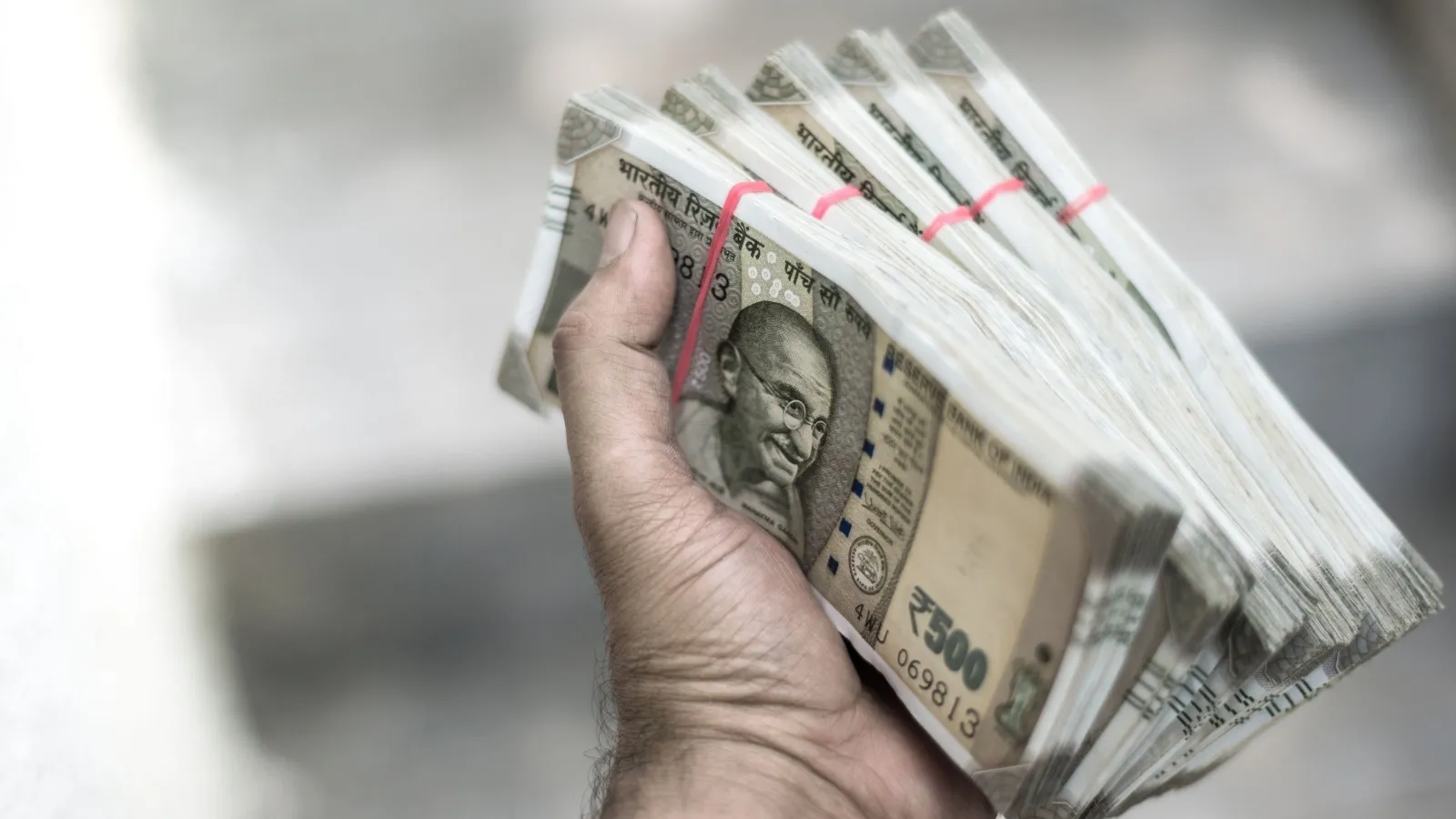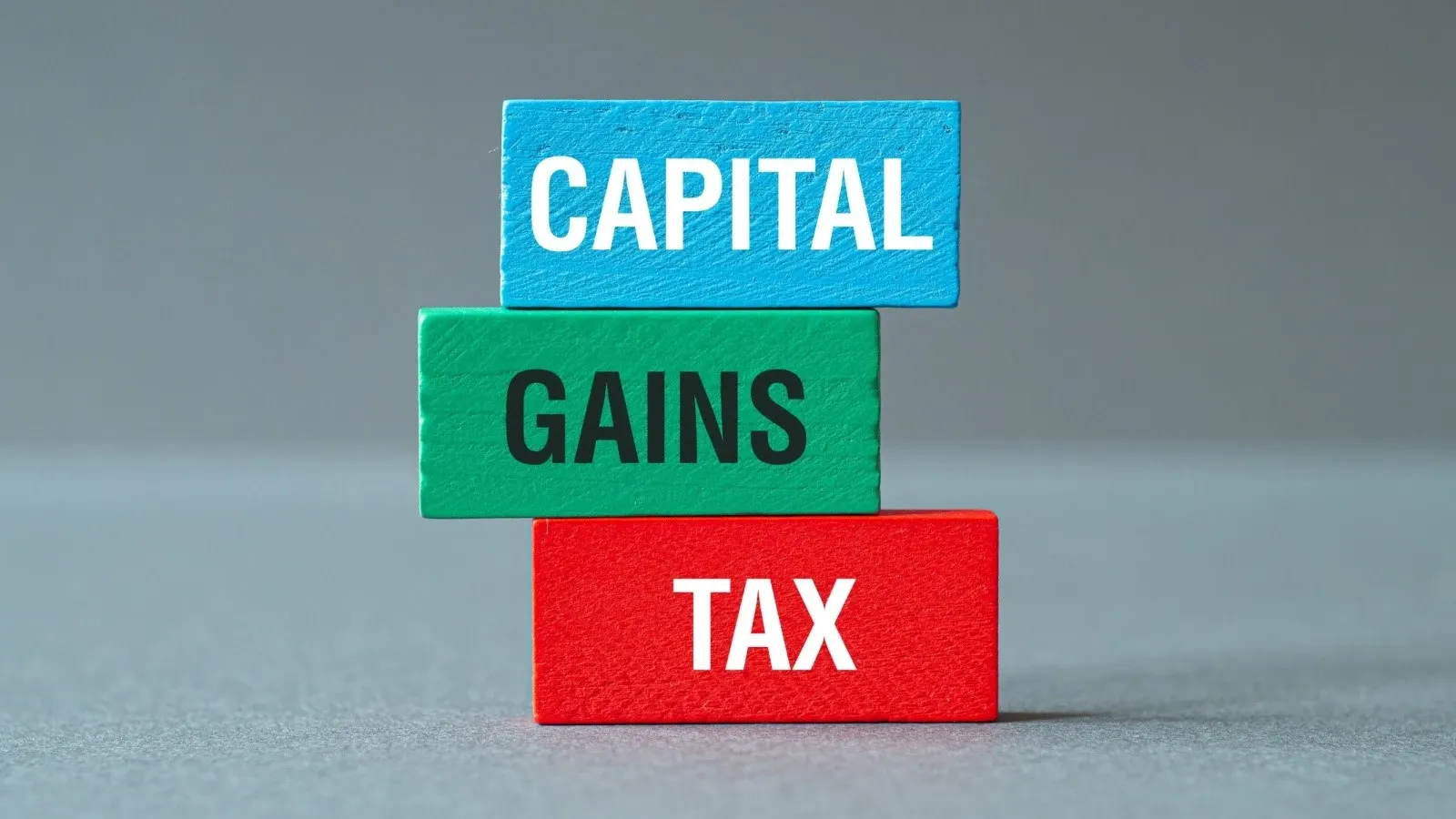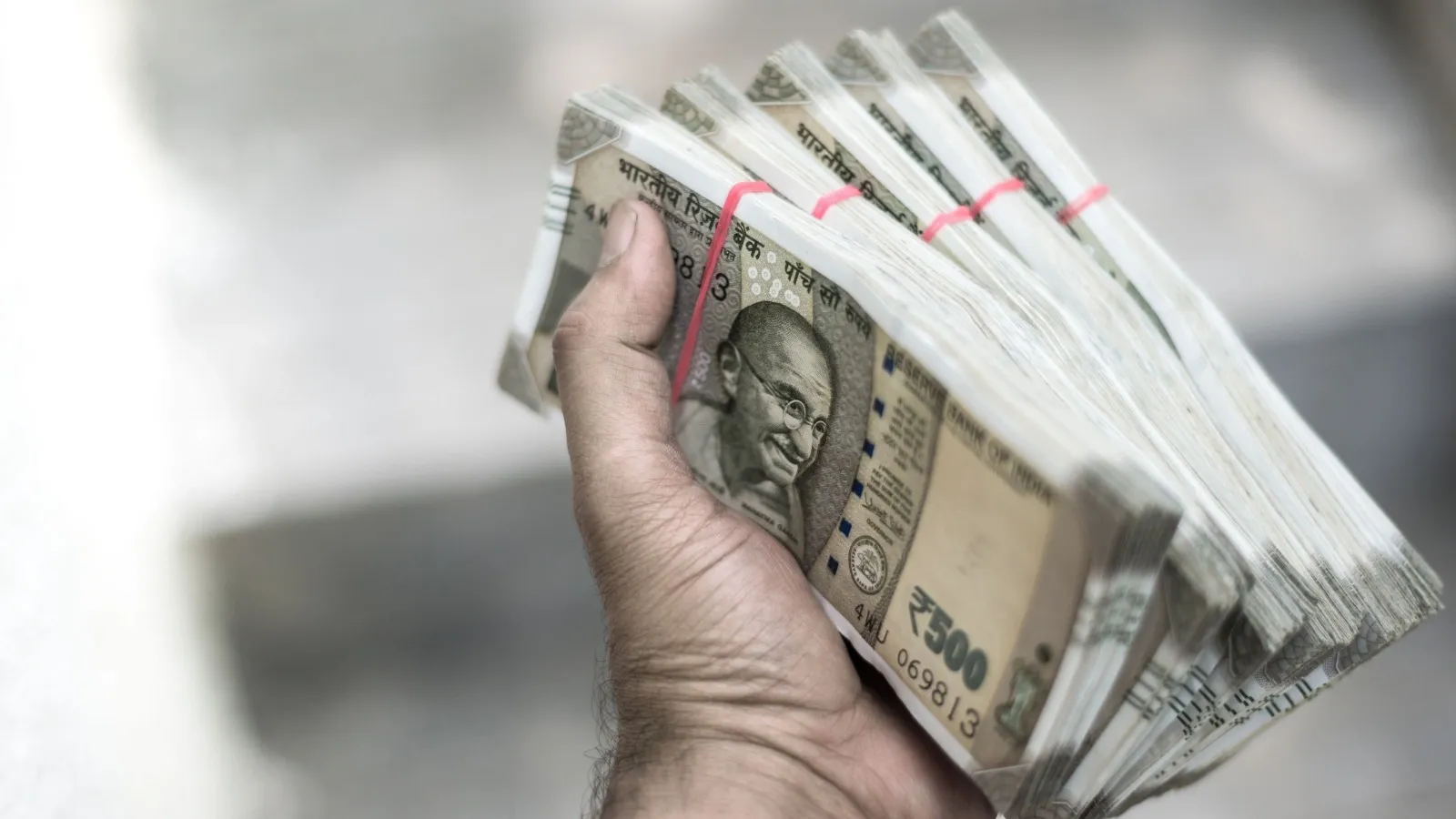Cash Reserve Ratio (CRR) - Rate, Meaning, What It Is, Formula, & How to Calculate
Written by Upstox Desk
Published on September 02, 2025 | 5 min read

Recently, the Reserve Bank of India (RBI) made two significant announcements, sending banking stocks into a frenzy. The first one was related to repo rate cut (50 basis points). The second announcement (which was not as discussed as the repo rate news) was the revision in CRR (Cash Reserve Ratio). As part of the central bank’s fiscal and monetary policy initiatives, the Repo Rate, Reverse Repo Rate, and Cash Reserve Ratio continue to change in response to ongoing economic conditions and market requirements.
Let us consider one of the most critical components of the RBI's policies: the CRR. We will walk you through everything you need to know about CRR and its implications on the economy and stock markets.
Why Does CRR Matters in an Economic System?
CRR is a monetary policy tool used by the RBI. It refers to the minimum percentage of a commercial bank’s deposits that must be maintained as reserves with the RBI. The central bank periodically adjusts the CRR to regulate the economy's liquidity. The CRR helps to control inflation, manage credit flow, and ensure financial stability.
What is CRR (Cash Reserve Ratio)?
The Cash Reserve Ratio (CRR) is the proportion of a bank’s Net Demand and Time Liabilities (NDTL) that it is legally required to maintain as cash reserves with the Reserve Bank of India. All the scheduled banks in India licensed by the RBI to carry out banking activities need to maintain a certain cash deposit with the central bank to reduce the risk of over-lending and maintain liquidity.
CRR pays no interest to the depository institutions. Hence, it is a direct tool in the hands of the RBI to maintain liquidity. It is also a regulatory tool that helps in supporting price stability and maintaining depositors' confidence in the banking system.
Objectives & Role of CRR in the Economy
CRR is not just a regulatory tool or a compliance requirement; it plays a critical role in the country's banking and economic system. Let us find out how it plays a crucial role in the economic system of the country:
Control Inflation: By increasing CRR, the RBI withdraws excess liquidity from banks, reducing money supply and curbing inflationary pressures.
Boost Growth: Lowering CRR releases more funds to banks for lending, stimulating credit flow and economic activity.
Maintain Liquidity: Ensures banks keep a portion of their deposits in reserve, safeguarding the banking system against sudden cash demands.
Ensure Financial Stability: Acts as a buffer to support the stability of banks, strengthening depositor confidence.
Support Monetary Policy: Helps RBI manage economic conditions by striking a balance between controlling inflation and encouraging growth through credit management.
CRR and Historical Trends
CRR has been historically used by the RBI as an effective monetary policy tool and to control inflation in the economy. Historically, the CRR has experienced fluctuations; it was raised during periods of high inflation to reduce the money supply and lowered during economic slowdowns to encourage lending and stimulate growth. It is a dynamic tool, and investors need to stay updated about the CRR, as it impacts a bank’s lending capacity and the overall level of economic activity. For traders, it is important to have a close look at the RBI announcements as it can affect the market trends.
Calculation of CRR
CRR is calculated as per the formula devised by the RBI. It is as follows:
CRR (%) = (Cash Reserves with RBI ÷ NDTL) × 100
Here:
Cash Reserves with the RBI refer to the actual cash deposited by a bank with the RBI.
NDTL includes all deposits and other liabilities of the bank that are payable on demand or after a specified period. For example, if a bank’s NDTL is ₹1,000 crore and the CRR is set at 4%, it must maintain a cash reserve of ₹40 crore with the RBI.
Summing up
CRR directly affects banks’ lending power and borrowers’ access to credit. A higher CRR tightens liquidity, raises interest rates, and slows credit growth, while a lower CRR boosts lending and stimulates the economy. By adjusting CRR, the RBI balances growth and inflation, ensuring financial stability. In summary, CRR is a vital monetary policy tool that influences banks, borrowers, and the overall economic health, making it essential for maintaining a stable and well-regulated financial system.
FAQs
What is the current CRR rate in India?
The RBI prescribes the current CRR rate, which can be adjusted depending on the needs of monetary policy.
How is CRR different from SLR?
CRR is maintained as cash with the RBI, while SLR is invested in approved securities or kept in liquid assets.
Why does the RBI increase or decrease CRR?
RBI adjusts CRR to control liquidity, increasing it to curb inflation and reducing it to encourage growth.
Does CRR earn any interest for banks?
No, the amount kept as CRR with the RBI does not earn any interest.
How is CRR calculated by banks?
Banks calculate CRR as a fixed percentage of their Net Demand and Time Liabilities (NDTL).
About Author
Upstox Desk
Upstox Desk
Team of expert writers dedicated to providing insightful and comprehensive coverage on stock markets, economic trends, commodities, business developments, and personal finance. With a passion for delivering valuable information, the team strives to keep readers informed about the latest trends and developments in the financial world.
Read more from UpstoxUpstox is a leading Indian financial services company that offers online trading and investment services in stocks, commodities, currencies, mutual funds, and more. Founded in 2009 and headquartered in Mumbai, Upstox is backed by prominent investors including Ratan Tata, Tiger Global, and Kalaari Capital. It operates under RKSV Securities and is registered with SEBI, NSE, BSE, and other regulatory bodies, ensuring secure and compliant trading experiences.

























